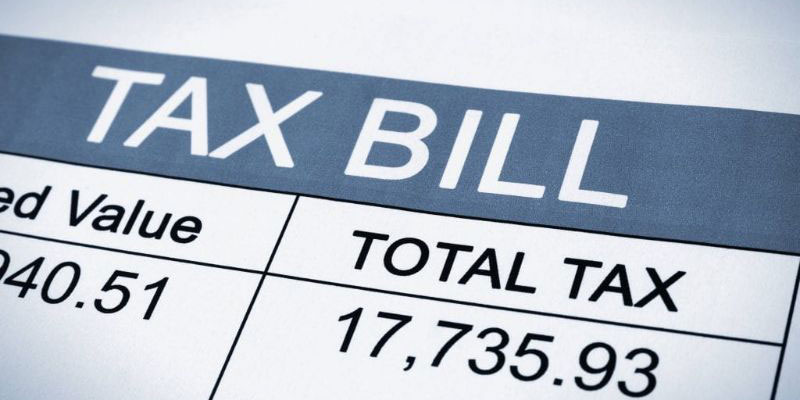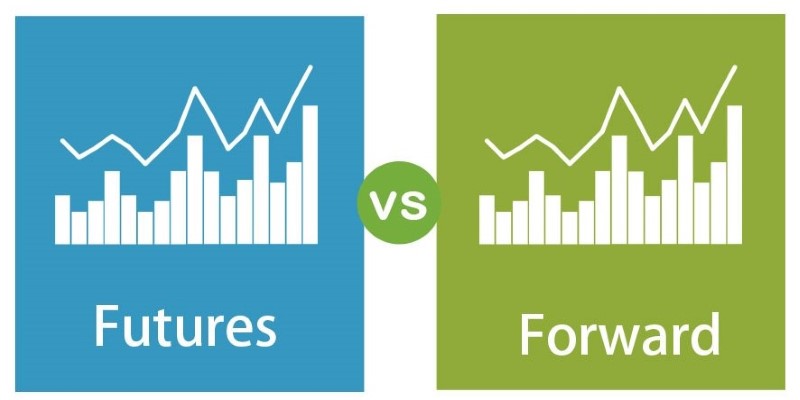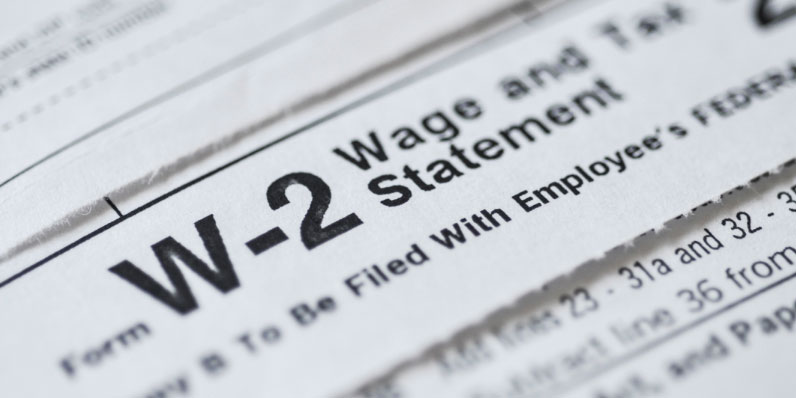What is Passive Income?
Jan 23, 2024 By Triston Martin
Reorganizing your life such that a significant percentage of your income is not directly attributable to your efforts might be one of the more straightforward methods to achieve the goal of being financially independent. To be successful in doing so, you will need to generate an income passively. A passive income is a kind of income that, once the initial job has been completed, needs little effort, if any, to continue bringing in money.
Why Should One Look for Passive Income?
Earning money passively is highly appealing because it doesn’t require ongoing effort, freeing up more time for your preferred activities. For most workers, maintaining their standard of living typically involves working consistent hours year after year. Furthermore, to counteract inflation, these individuals might need to secure raises or work additional hours to preserve their income levels. Passive income, on the other hand, can supplement a worker's employment income, potentially allowing them to reduce their work hours while maintaining or even increasing their pay rate or improving their standard of living.
Aspiring to retire is a common goal, but achieving it can be challenging without a source of passive income. Without it, retirement could mean facing a total loss of income. Historically, company-sponsored pension plans provided a straightforward path to retirement, but these are increasingly being replaced by contributory plans like 401(k)s and other modern alternatives. This shift underscores the importance of developing passive income streams to secure financial stability in later life.
Tax Benefits
One of the principal advantages of earning passive income is the ability to generate revenue with minimal effort. Another significant benefit is the favorable tax treatment that passive income often receives compared to active income. For instance, if you hold stock in a U.S. corporation for more than 60 days during the 121-day period that begins 60 days before the ex-dividend date, the dividends you receive may qualify as "qualified dividends." These qualified dividends are taxed at the lower capital gains rates, which are generally more favorable than the rates applied to ordinary income. This tax efficiency makes passive income an even more attractive option for bolstering financial stability.
Examples
Passive income refers to a person receiving payment without rendering a service or delivering a product in exchange for that payment. There are many different methods by which an individual might generate passive income; however, the following are some of the more popular examples:
Income derived from investments in real estate properties
- Royalties derived from an invention's patent
- Fees for using characters or trademarks you've previously established need a trademark license.
- Obtaining royalties from creative works such as books, music, magazines, or others
- Gains that come from running firms in which you are responsible for very few if any, day-to-day operations
- Profits made via the placement of internet adverts on a blog or website that you own
- Dividends received from various equity instruments such as equities, REITs, equity mutual funds, and other equity investments
- Pensions
Most Passive Income Requires Capital
Indeed, earning passive income through book royalties or innovation patents represents a lucrative method, but these options might not be accessible for everyone due to the required time commitment or specific expertise. For most people, a more feasible approach is to make their money work for them, often referred to as generating ongoing passive income through investments.
Individuals can acquire the necessary funds for investment in various ways. Some might receive financial support from family members, while others might attract money from investors. Another common method involves taking a calculated risk by securing loans to invest in assets. Each of these strategies aims to enhance one's financial portfolio through passive income streams, although they come with varying levels of risk and commitment.

Working a primary job and investing the earnings into assets that generate passive income is indeed the most common method for building a substantial passive income stream. Although this strategy might not yield a large amount of passive income right away, it holds the potential to develop into a significant portfolio over time. This growth is facilitated by financial principles such as compounding, dollar-cost averaging, and the reinvestment of dividends.
While it might take several years to accumulate enough wealth to noticeably enhance your standard of living, this approach is considered one of the most reliable ways to steadily increase your financial resources and create a robust passive income. Persistence and disciplined investment are key to realizing the benefits of this long-term strategy.
Reinvest Your Dividends

Your long-term objective is to cover your day-to-day expenditures with passive income, but getting there won't happen fast. It is in your best interest to make a concerted effort to reinvest any dividends you get until you have established a passive income stream that can support your lifestyle. This straightforward technique can produce exponential results if used over sufficient periods.

Best Vision Insurance Companies Of 2022

Marginal Tax Rate: What is it?

Unlocking the Power of the Symmetrical Triangle Pattern in Trading

Bear Flag Pattern: A Step-by-Step Guide for Navigating Bearish Markets

Trading Strategies for Beginners

The Top Cities for Renters in 2024: Where to Live and Where to Avoid

Understanding the Differences Between Futures and Forwards Contracts

Treasury Calls for More Oversight on Bank-Fintech Collaborations

The Gamma Squeeze: What Is It?

